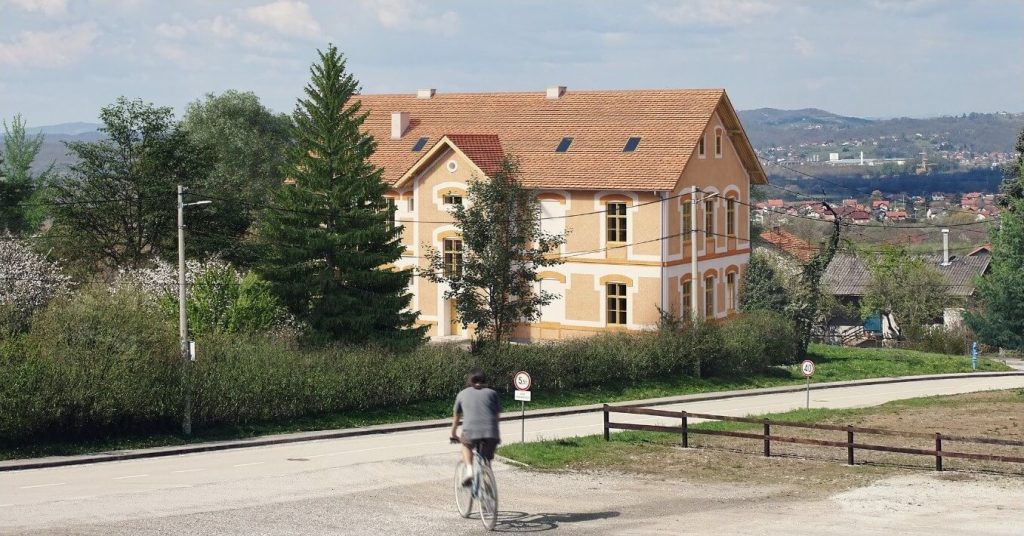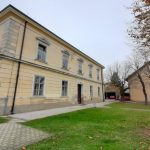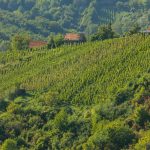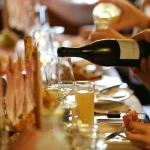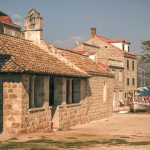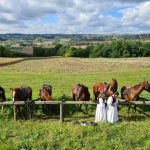One of the best ways Croatia preserves its heritage is to keep it in use. Diocletian’s Palace in Split and the multiple Roman remains in Pula are not preserved behind glass. People live in and among these monuments. They are very much part of the social fabric of today.
Now, one municipality in Zagreb County is about to embrace such notions across its whole territory. The entire Bistra community, located less than 5 km north of the edges of Zagreb City, will become a living, breathing ecomuseum.
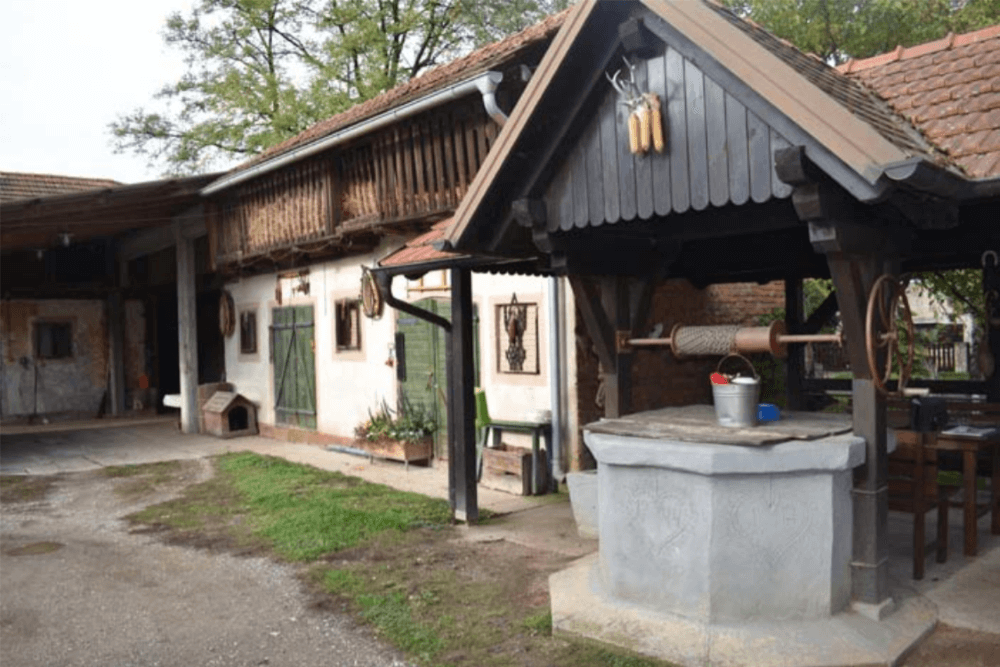 © Udruga Ekomuzej Bistra
© Udruga Ekomuzej Bistra
What is an ecomusem?
While sustainability is an aspect of the ecomuseum concept, an ecomuseum is not strictly about ecological strategies. Instead, it is more about designating a territory – in this case, the Bistra community – as an ever-evolving social and cultural museum.
Whereas a normal museum might be a building, exhibits and guides, an ecomuseum is a place, its heritage, the people who live there … and the skills and memory they have which define the area.
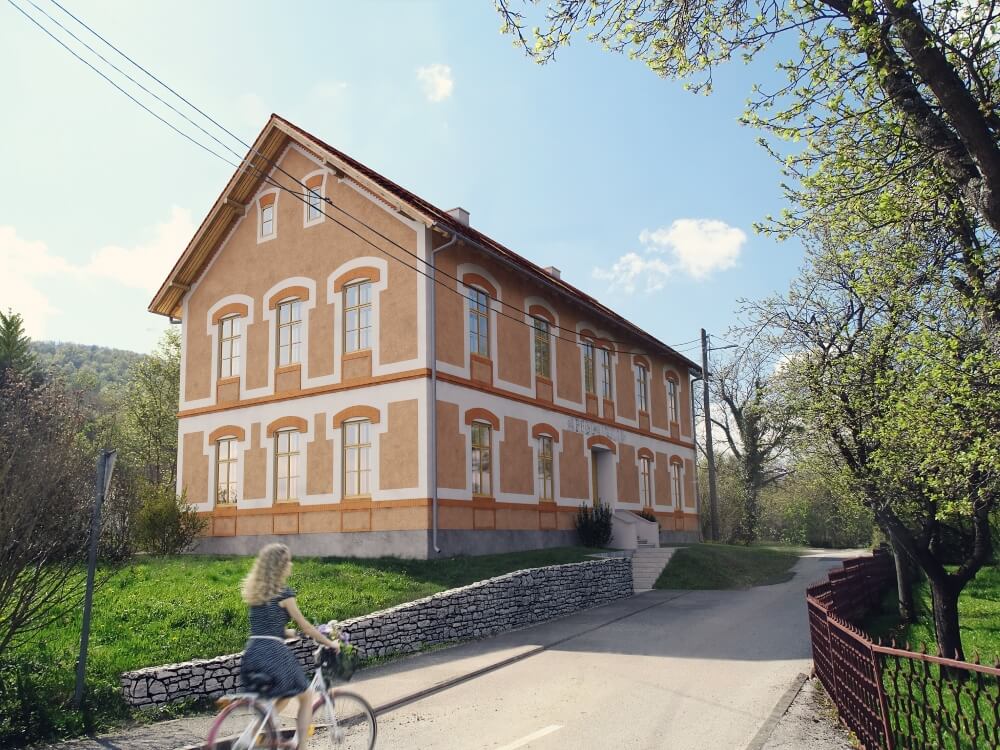 © Lovro Bauer (Fabrika arhitekti d.o.o.)
© Lovro Bauer (Fabrika arhitekti d.o.o.)
Old school building in Poljanica Bistranska
Central to the Bistra community ecomuseum project is the renovation of a special old school building in Poljanica Bistranska. It is a significant and nationally protected work of industrial architecture from 1878. Within Zagreb County, it is one of the few preserved school buildings from that period. Back in the days when it was a school, it held a garden and orchard where school children grew fruits and vegetables to eat and distribute to the poor.
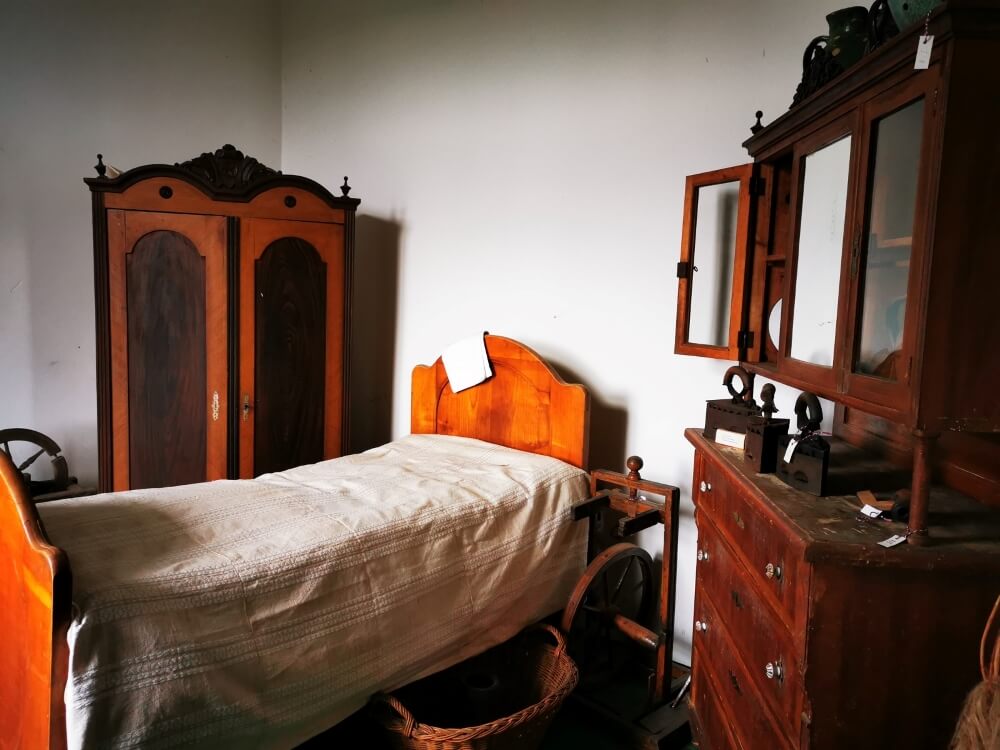 © Lina Malek / Udruga Ekomuzej Bistra.
© Lina Malek / Udruga Ekomuzej Bistra.
The building is in the process of undergoing a HRK 11,979,150 renovation, largely funded by the European Union from the European Structural and Investment Funds. Upon completion, the building will showcase examples of how the Bistra community have lived through the ages. Additionally, it will have a permanent exhibition called Bistra 1209 (when Bistra is first mentioned). Traditional culture, life and customs of the Bistra community will be displayed. For example, wedding customs, folklore, traditional decoration of people and space, agriculture, produce, superstitions and beliefs.
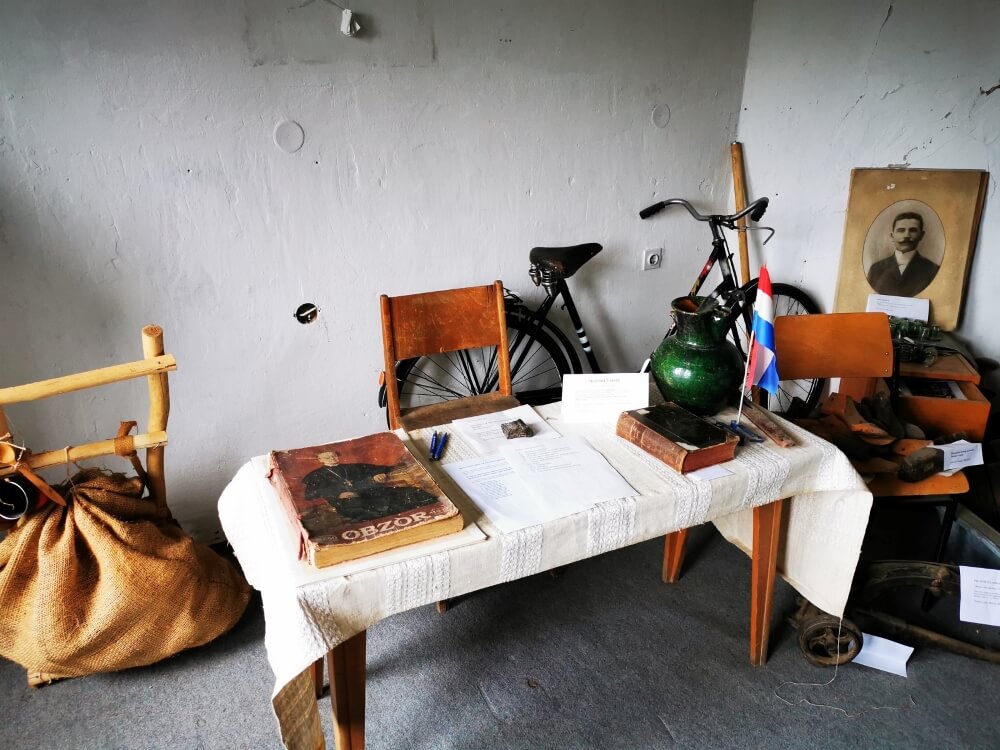 © Lina Malek / Udruga Ekomuzej Bistra.
© Lina Malek / Udruga Ekomuzej Bistra.
Ecomuseum in the Bistra community
Outside of the building, more aspects of the Bistra community to be protected under the ecomuseum project include, buildings, industry and arts & crafts. For instance, over 200 traditional wooden hut structures have been identified in the area. Some are incredibly picturesque and still very much in use.
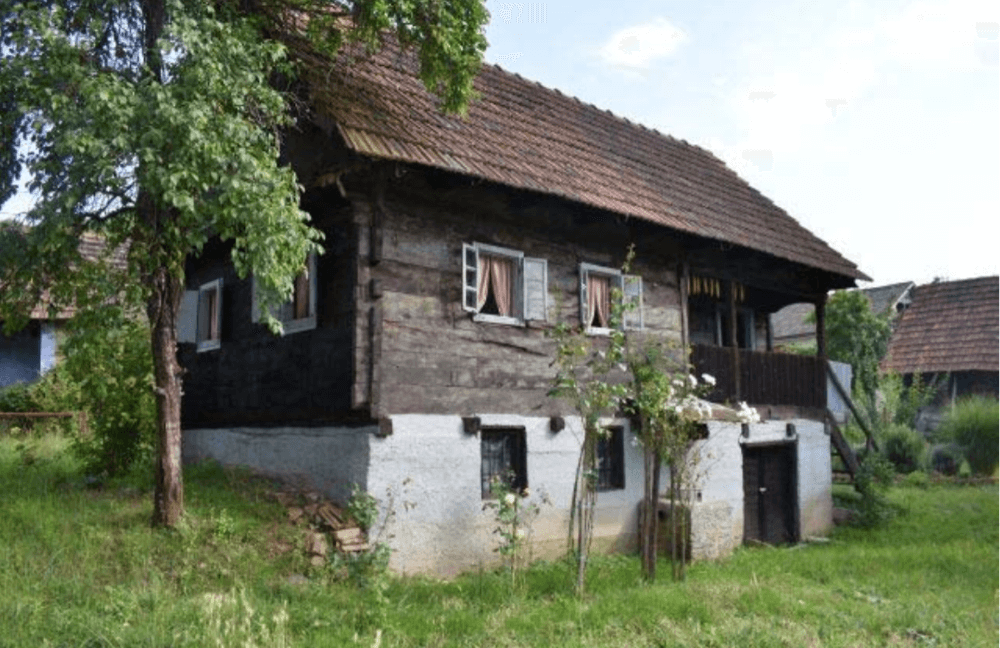 © Udruga Ekomuzej Bistra
© Udruga Ekomuzej Bistra
Within the region’s key arts & crafts, the production of jewelry will be preserved. The making of kraluš – a type of neck jewelry using multicolored glass beads – is traditional in this part of northwestern Croatia. Within the canon of this recognised, regional skill, the Bistra community has two inclusions unique to them – bistranski kraluš and kravatlin.
Within the section of industry, the area’s traditional production of wood charcoal in vuglenice (charcoal pits) is included. A centuries-old practice, it was once highly significant to the economic sustainability of the highland and forest regions of Croatia.
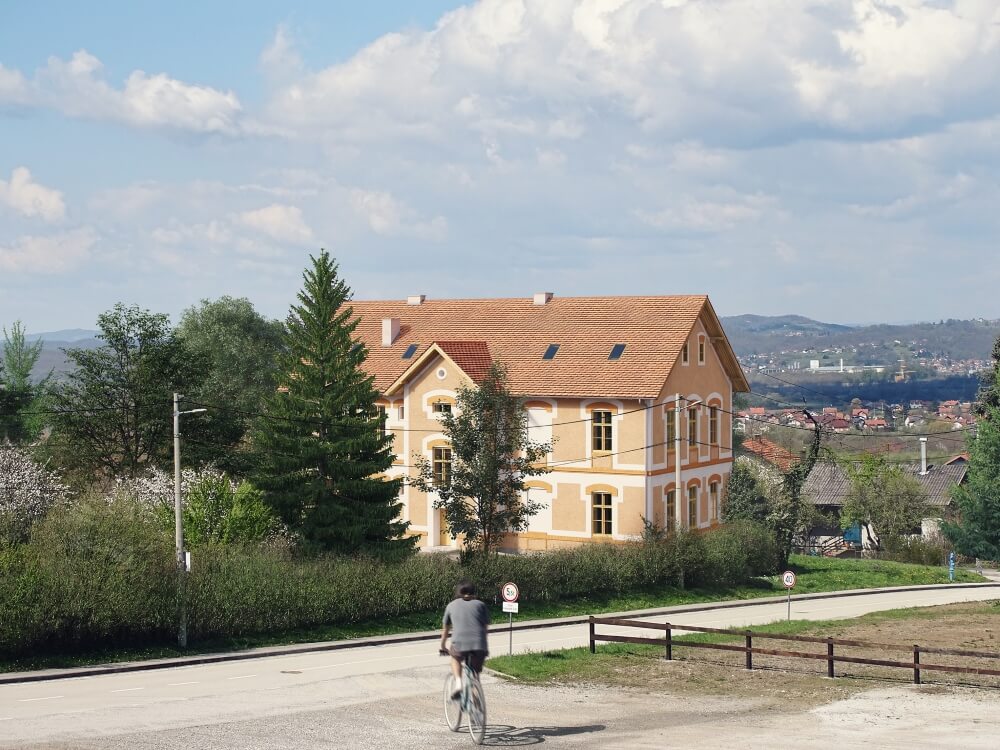 © Lovro Bauer (Fabrika arhitekti d.o.o.)
© Lovro Bauer (Fabrika arhitekti d.o.o.)
The completion of work on the old school building of Bistra community ecomuseum is expected by September 2023. But, the development of the area itself as an ecomuseum is a project that is happening now and will never end. Like Bistra’s beloved Medvednica Nature Reserve or it’s famous Oršić Castle in Gornja Bistra, you can go discover and enjoy them today.
Both the author and Total Croatia News would like to extend their thanks to the following for providing the assets and information necessary for this article: Zagreb County Tourist Board, Klementina Batina and Lina Malek of Udruga Ekomuzej Bistra.

